Kate Shackleton Mysteries author Frances Brody launches her new Brackerley Prison novels set in 1960s Yorkshire
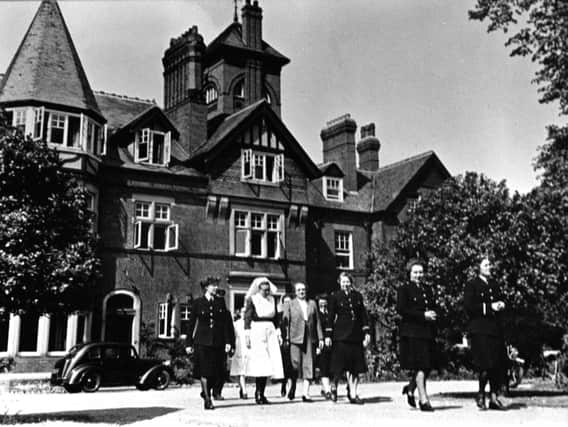

Frances Brody has been telling stories for longer than she remembers. As a little girl, neighbouring children would come round to her house in Harehills in Leeds, and there she would be, spinning them a yarn. Frances does not really remember this, but Pat, her elder sister, does.
Frances still lives in Leeds, but in Cross Gates now, with Pat, and a magnificent 20-year-old cat called Sheba, who processes their garden as we watch from the dining pagoda that Pat has been creating over the summer. Here we have lunch before Frances and I settle in the living room to talk about her life and a literary career that encompasses 12 popular Kate Shackleton Mysteries, three sagas, and now her new novel, A Murder Inside, the first Brackerley Prison Mystery (see below for her book signing dates).
Advertisement
Hide AdAdvertisement
Hide AdThe heroine is Nell Lewis, former WPC and newly appointed deputy governor of a new women’s open prison in North Yorkshire, formerly a borstal, with two boys remaining as the female inmates - or residents, as Nell prefers to call them - arrive.
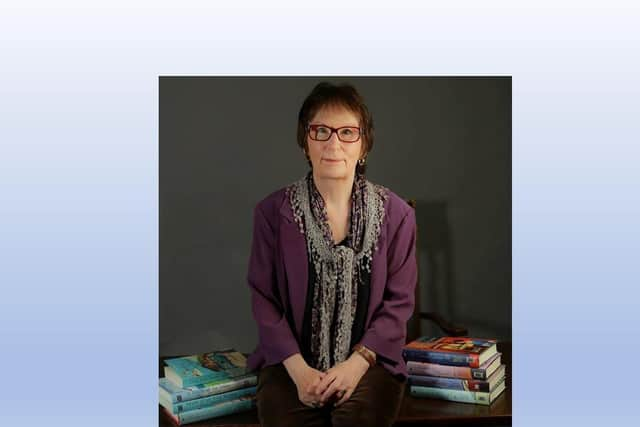

“She has the job of turning it around,” Frances says. “She hasn’t been there very long when she finds a body in the grounds. The one mantra she has always had is ‘you never lose a prisoner’. And then one of her prisoners is missing.”
Nell signs in at HMP Brackerley on April 28, 1969, 0715 hours. A Monday. “I always like to look at a perpetual calendar, so I know what day of the week it is, and when the sun rises and sets,” says Frances. “It grounds the story for me.”
The idea for the prison setting had been in her mind for a while, especially after learning that a former neighbour had become a prison officer.
Advertisement
Hide AdAdvertisement
Hide Ad“They in a way are as much a prisoner as the people that they are minding,” she says. She picked up authentic detail, such as the army habit of prison staff giving each other nicknames, by speaking to two retired prison governors, Veronica Bird and Judy Gibbons.
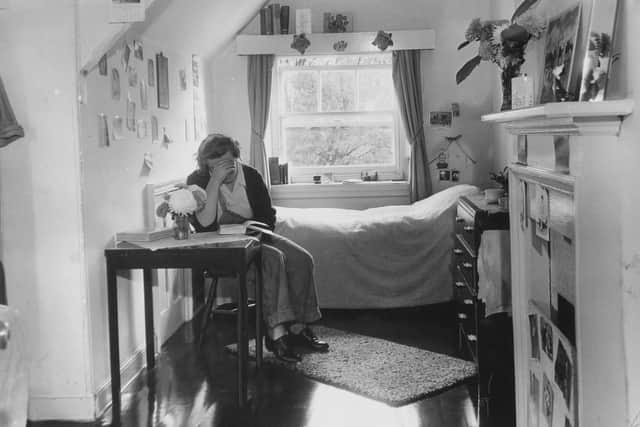

She also read The Story of a House, about HMP Askham Grange women’s open prison, near York, which opened in 1947 and is still working, helping women gain education and preparing them to enter work and an outside life. “It was all those sorts of things that intrigued me,” Frances says.
As a starting point, she imagined Nell as a schoolgirl, being taken to a court proceedings and watching as a poor woman is sentenced, shouting out “what about my kids?”
The 1960s represent a time of huge cultural change, not unlike the 1920s of the Kate Shackleton Mysteries. Like Nell, Kate is single and independent, but her life is undeniably more glamorous. The daughter of a chief superintendent and a titled lady, she is sharp, beautiful and rich. We first meet her in 1922, and her surgeon husband, Gerald, is missing in action.
Advertisement
Hide AdAdvertisement
Hide AdFrances says: “I thought, she has to have independence and, if she has real independence, she is not necessarily going to have a husband there, but she will need a house, a car to go off at a moment’s notice, and an income.”
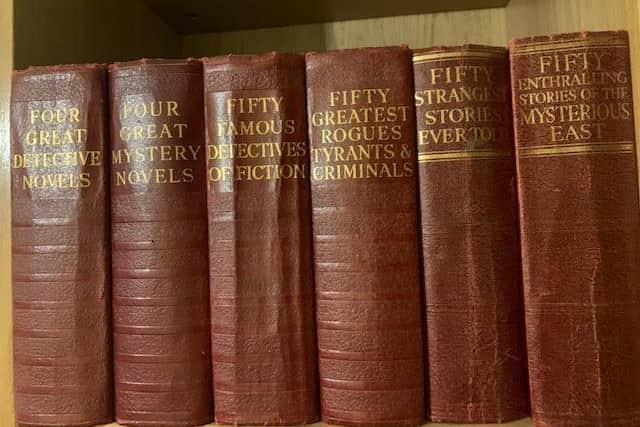

On her Leeds suburban wanders, Frances found a real house for Kate, in Headingley, beside a little wood. This is home base throughout all the novels, a constant, comforting hub where she and her fellow sleuths, housekeeper Mrs Sugden and assistant Mr Sykes, gather in the cosy kitchen to pore over evidence and discuss the day’s discoveries.
The first home Frances herself remembers is the corporation house in Sheepscar where she lived with her parents, Jimmy and Julia McNeil, and her four siblings (she is the second youngest).
“We were the only people in the street with a bath, because the man who had lived there before was a plumber,” she says. “Mum and Dad were very nice, very lovely and friendly people, kind, and so all the kids in the street would come and have a bath.”
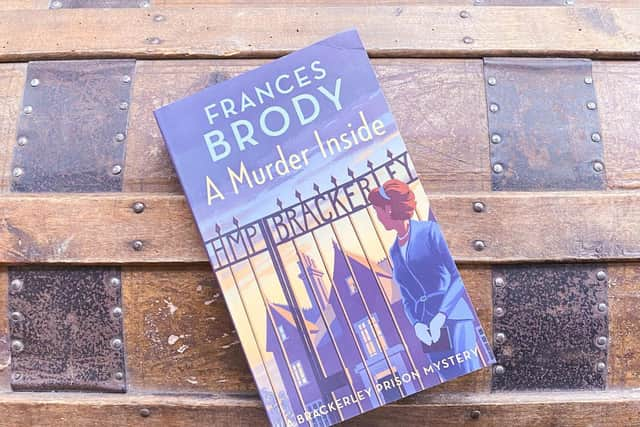

Advertisement
Hide AdAdvertisement
Hide AdHer father had a fruit shop but gave food away. “We were never going to be Morrisons,” she says. So he joined Leeds Corporation cleansing department, working at the tip and gritting the roads. He brought home books that people had thrown away.
“He and I used to read The Beano together, and I didn’t know he was teaching me to read. I could read when I started school,” says Frances.
They moved to a large Victorian end terrace in Harehills. “But the sad thing for us was, our dad then died,” she says. “He went into hospital for a cartilage operation, and he died under the anaesthetic, aged 48. Everything changed then.”
Frances left school at 15 and went to technical college (now Park Lane) to learn shorthand and typing. “It was the best thing I ever did,” she says.
Advertisement
Hide AdAdvertisement
Hide AdShe worked in Leeds at a solicitors office, then at a stationers, but was restless and, after spotting a sign in an agency window advertising for secretaries in America, across the pond she went. In New York, she had a “brilliant time” filled with friends and theatre, working for a secretarial agency, including at Thomas Cook on Fifth Avenue. But after five years, when a planned trip with a friend to California fell through, she decided to return home with the money she had saved, to write a novel.
“The one I wrote first was about a girl who had gone to live in America,” she says. It was turned down and now lodges in the Frances Brody archive in Special Collections at Leeds University.
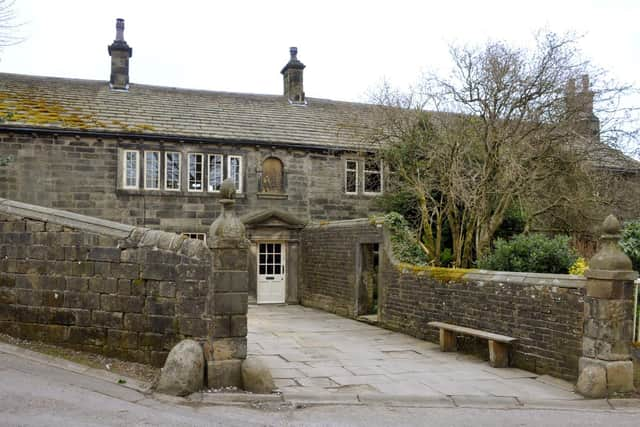

With just three RSAs to her name, she decided to revisit formal education, after seeing a notice from Ruskin College, Oxford, informing that the date for submitting application essays had been postponed.
“One of the titles was about eradicating poverty, so I went to the Child Poverty Action Group and did some research and wrote an essay.” She secured an interview and then a place to study English Language and Literature, which she followed with a degree in English and History at York University.
Advertisement
Hide AdAdvertisement
Hide AdHer writing career took off, but in radio, after meeting Alfred Bradley, distinguished BBC radio drama producer, who accepted her stories for his programme The Northern Drift. She began writing radio plays, the first called The Sun and The Devil, about the Lancashire witches. By now she was married and teaching at Bradford College, but divorced and moved to Nottingham where she wrote plays for the Youth Theatre and the Playhouse.
Her first published book, Sisters on Bread Street, was set in 1914 in poverty-stricken Leeds and based on the early life of her mother, Julia.
“Pat and I started to record her,” she says. “She lived until the age of 11 on Bread Street off York Road.” Julia’s mother, an Irish-Catholic, died in childbirth, closely followed by her father, a German Jew. Frances self-published it under her own name, Frances McNeil, and later sent it to the agent Judith Murdoch (still her agent), who got her a book deal. A Sixpence in Her Shoe and Halfpenny Dreams followed.
And then she turned her hand to murder mystery, with the first Kate Shackleton novel, Dying in the Wool, set in fictionalised Cottingley (renamed Bridgestead), near Bradford, published in 2009. Frances has written one a year ever since, up to Death and the Brewery Queen, released last year. The books go out across the globe, with readers in the US, Canada, Australia and Germany, as well as the strong UK fanbase.
Advertisement
Hide AdAdvertisement
Hide AdThe book covers, splendidly illustrated by Helen Chapman, all feature an image of Kate, a stylish young woman with bobbed hair, standing alone against a stylised but recognisably Yorkshire backdrop, from the Leeds Metropole Hotel to Harrogate, Whitby and the Dales.
The locations Frances uses in her novels are ones she knows well and researches for historical accuracy, often using old Ordnance Survey maps. A Medal for Murder is set in Harrogate. “I do like being in Harrogate and I had this old book, something about the climate and what a great place it was to recuperate,” she says.
“For Murder on a Summer’s Day, I just love Bolton Abbey, and walking by The Strid,” she says. “I went to Giggleswick for Death in the Stars, and I walked up to Langcliffe for A Death in the Dales. I knew you could get to some caves from there. When I got there, it was a strange thing. I remembered that years ago, I had been there and seen a house and thought of buying it.
“For Death at the Seaside, I love Whitby, and I stayed in the Bagdale Hall Hotel. It’s meant to be haunted.”
Advertisement
Hide AdAdvertisement
Hide AdA Snapshot of Murder features Haworth and Ponden Hall. Death of An Avid Reader is set at The Leeds Library, and now visitors ask if they can go down into the basement to see where the fictional body was found.
I suggest the Kate Shackleton Mysteries would make a wonderful TV series. There have been enquiries, but no perfect match yet, although readers love to cast her, with Claire Foy, Andrea Riseborough, Holliday Grainger, Michelle Dockery and Jodie Comer on the list. For trusty sidekick Sykes, Frances favours Joe Armstrong.
She is now writing a new Kate Shackleton Mystery, to be published next year. Readers, she thinks, love Kate because of her resilience. “She is someone who has had to piece her life together again,” she says. “At some point, we all have to do that.”
* A Murder Inside, the first Brackerley Prison Mystery, by Frances Brody, is published by Piatkus Books on October 28. Frances will be signing copies tomorrow, Thursday, October 21, 11am, at a signing event with coffee and cake at The Little Ripon Bookshop; this Saturday, October 23, at 11am-1pm at Waterstones in Bradford; on October 28, 11am-1pm, at Waterstones in Leeds, and on October 30, 11am-1pm at Waterstones in Harrogate.
Comment Guidelines
National World encourages reader discussion on our stories. User feedback, insights and back-and-forth exchanges add a rich layer of context to reporting. Please review our Community Guidelines before commenting.
